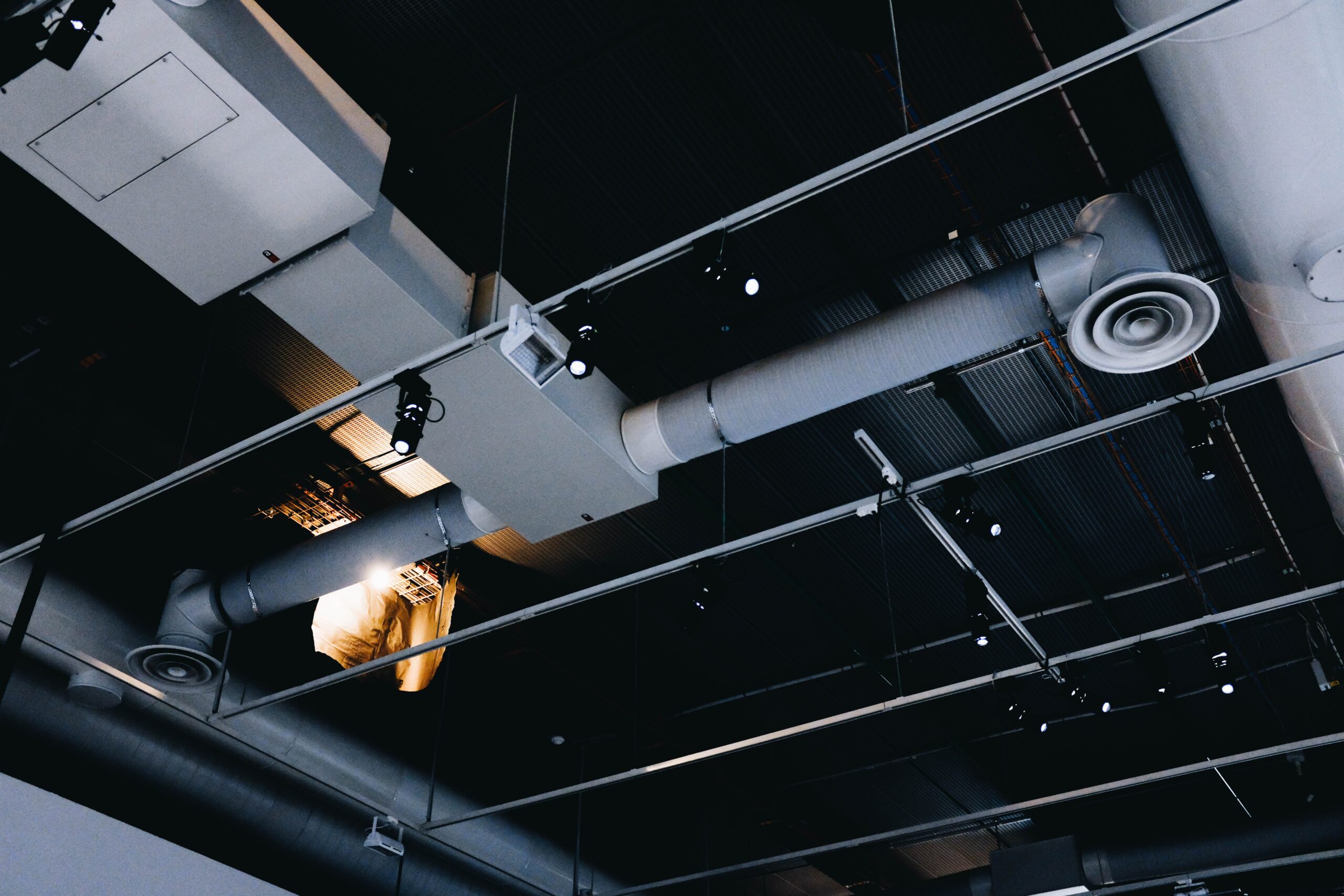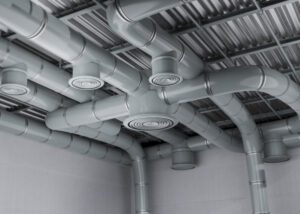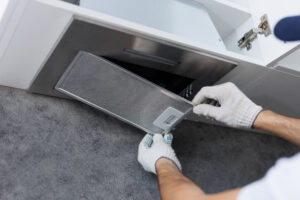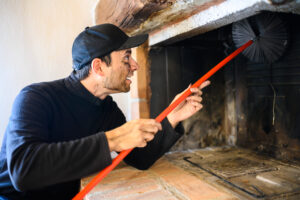Dryer vents may seem like small parts of your home, but following the correct codes keeps your family and property safe. In Delaware and Maryland, specific regulations ensure dryer systems operate efficiently and don’t become dangerous fire or ventilation hazards. Local authorities enforce these standards to prevent overheating, fire, or carbon monoxide buildup caused by poor dryer installation or venting. Homeowners and contractors must follow these guidelines during construction, renovations, or appliance replacements to remain compliant with the dryer vent code. Let’s break down what you need to know about vent materials, lengths, terminations, and inspection standards in your region.
Why Dryer Vent Codes Exist and Why They Matter
Every year, thousands of house fires across the United States are linked to dryer malfunctions—most caused by clogged or poorly installed vents. The purpose of any dryer vent code is to reduce these risks by standardizing vent design, materials, length, and maintenance frequency. These rules ensure that your dryer vents properly to the outdoors without collecting dangerous levels of lint or flammable materials inside walls. Delaware and Maryland enforce these codes under state building and mechanical guidelines based on the International Residential Code (IRC). Failing to meet these requirements can result in code violations, unsafe conditions, or failed home inspections during resale or renovation. Dryer vent code requirements ensure safe airflow, reduce fire risks, and promote proper ventilation in residential and commercial properties.
Permitted Venting Materials in Delaware and Maryland
Most local codes require dryer vents to be made from rigid metal—usually aluminum or galvanized steel—for safe, durable air transfer. Plastic and flexible foil ducting, while inexpensive, are no longer allowed under the dryer vent code due to fire safety concerns.
Flexible metal is only approved for short, visible sections behind dryers—not for extended use inside walls or crawl spaces. Smooth metal ducts are preferred because they resist lint buildup and allow hot air to exit the system more effectively. Always check with your local inspector to ensure the vent material you’re using meets the latest building safety requirements.
Dryer Vent Length Limits and Airflow Requirements’
The maximum allowable length for a dryer vent varies based on whether booster fans are used and the number of turns in the duct. In general, the standard limit is 25 feet for straight vents, with five feet subtracted for every 90-degree elbow installed. Longer vents require mechanical booster fans to help maintain adequate airflow and meet the dryer vent code efficiency standards. Improper vent lengths not only violate code—they cause drying delays, overheating, and premature appliance wear due to restricted airflow. Hiring a professional ensures your dryer vent is measured correctly and meets local code based on your home’s layout.
Exterior Termination and Vent Hood Regulations
Your dryer’s exterior vent must discharge outdoors—not into attics, crawlspaces, or garages, which violate safety codes and trap heat. Most counties require a backdraft damper or vent hood to prevent pests and outside air from entering your dryer exhaust line. The vent opening must be at least three feet from any doors, windows, or mechanical air intakes to avoid contamination. Delaware and Maryland building inspectors also require that vent hoods be made from corrosion-resistant materials for long-term outdoor use. Regular cleaning around the exterior vent ensures compliance and helps avoid costly citations during home inspections or real estate appraisals.
Inspection Requirements and Code Compliance During Installation
If you’re installing a new dryer, most jurisdictions require that the dryer vent system be inspected before it is fully operational. New construction projects must include detailed drawings that outline vent lengths, materials, and airflow calculations for review. In many Maryland and Delaware counties, a mechanical permit is required when installing or replacing any ducted exhaust system. Professional dryer vent repair involves inspecting the full duct line, sealing leaks, and replacing damaged components for safety. Professional contractors must follow manufacturer specifications, state regulations, and local amendments specific to your municipality. Failing to meet inspection standards can delay occupancy permits, trigger costly rework, or lead to liability during property insurance claims. Proper dryer vent installation ensures safe, efficient airflow and reduces the risk of fire caused by lint buildup.
Tips for Staying Compliant and Safe
Staying ahead of potential issues starts with keeping your dryer vent system clean, properly installed, and regularly checked for damage or blockage. Consider scheduling professional dryer vent cleaning annually to maintain airflow and reduce lint buildup that compromises performance and safety. Use only approved duct connectors and avoid using screws inside ducts, which can trap lint and obstruct airflow over time. Make sure your exterior vent hood operates freely and that the damper opens during each dryer cycle as expected. Check with your county’s website or building department for the latest updates to safety regulations in your neighborhood.
Final Thoughts
Understanding and following the dryer vent code isn’t just about passing inspections, it’s about protecting your home and your loved ones. By using proper materials, maintaining safe vent lengths, and ensuring external vent discharge, you keep your system running safely and efficiently. Homeowners in Delaware and Maryland should never overlook these critical details when installing, replacing, or maintaining dryer vent systems. Consult professionals who know the regional codes and can help you stay compliant while boosting your dryer’s performance and safety. Follow the rules, clean your vents regularly, and trust the code, it’s written to keep you safe one load at a time.
Live in Delaware or Maryland? We Know Your Dryer Vent Code! Let our experts help you install, inspect, or upgrade your venting system the right way.





